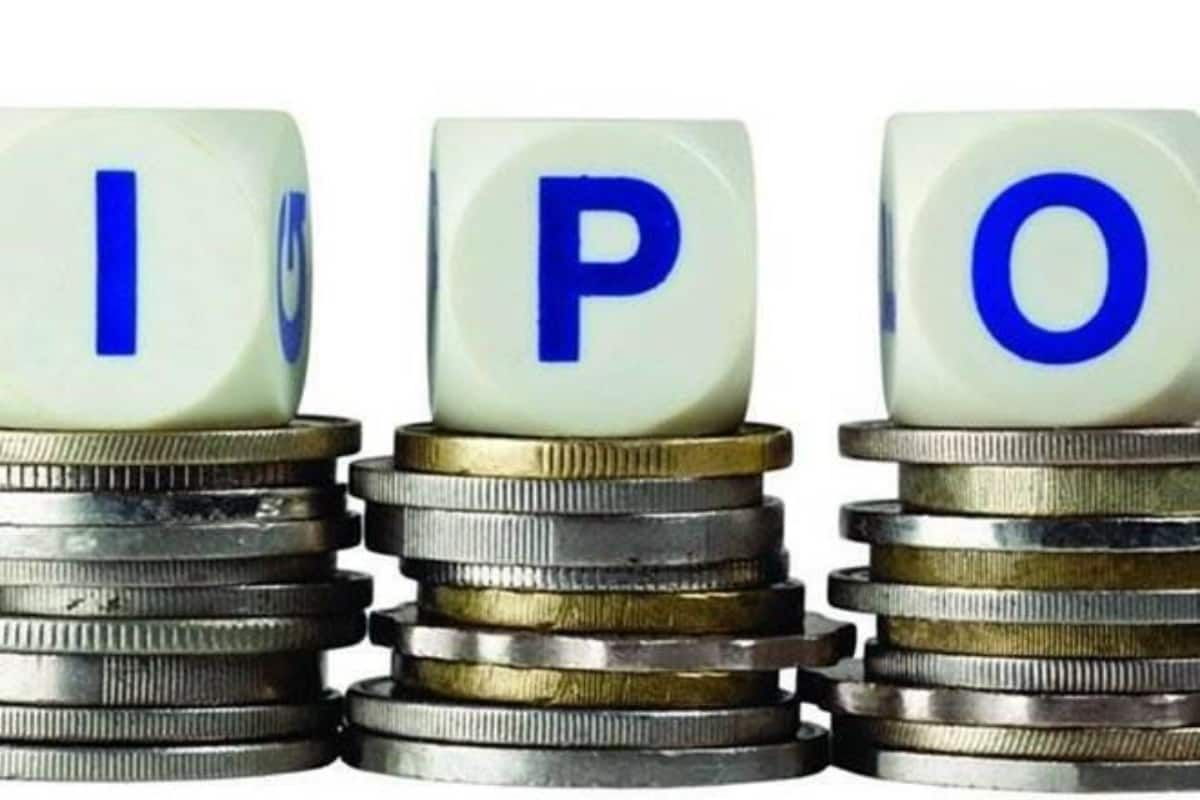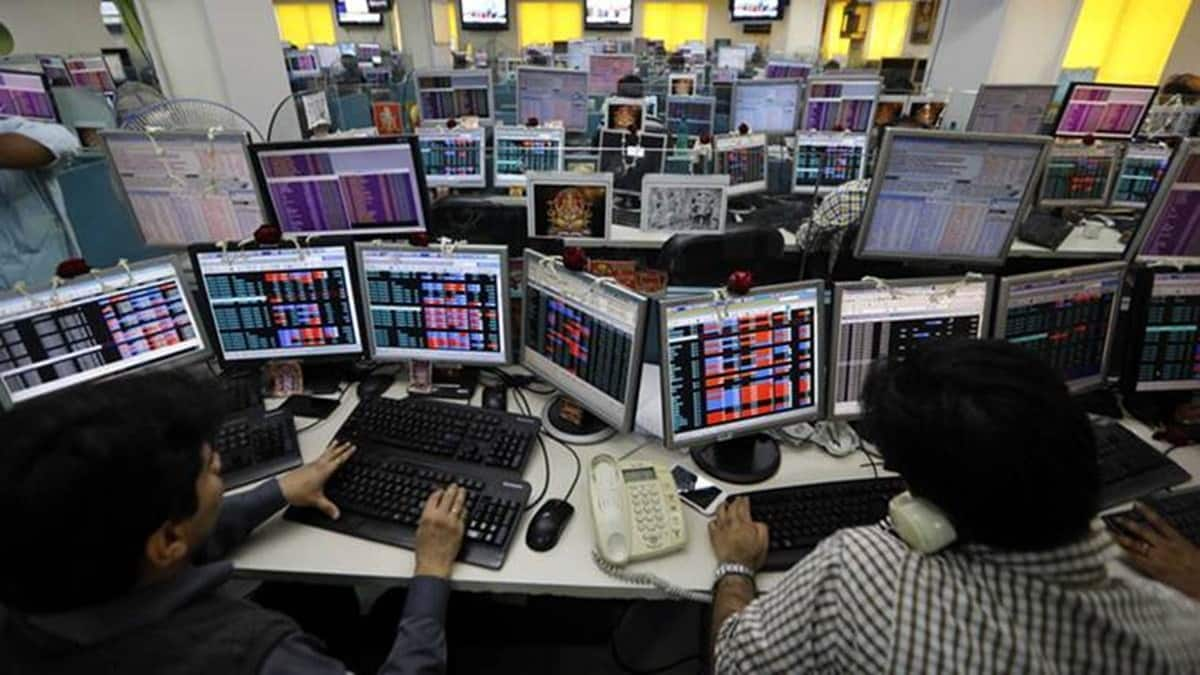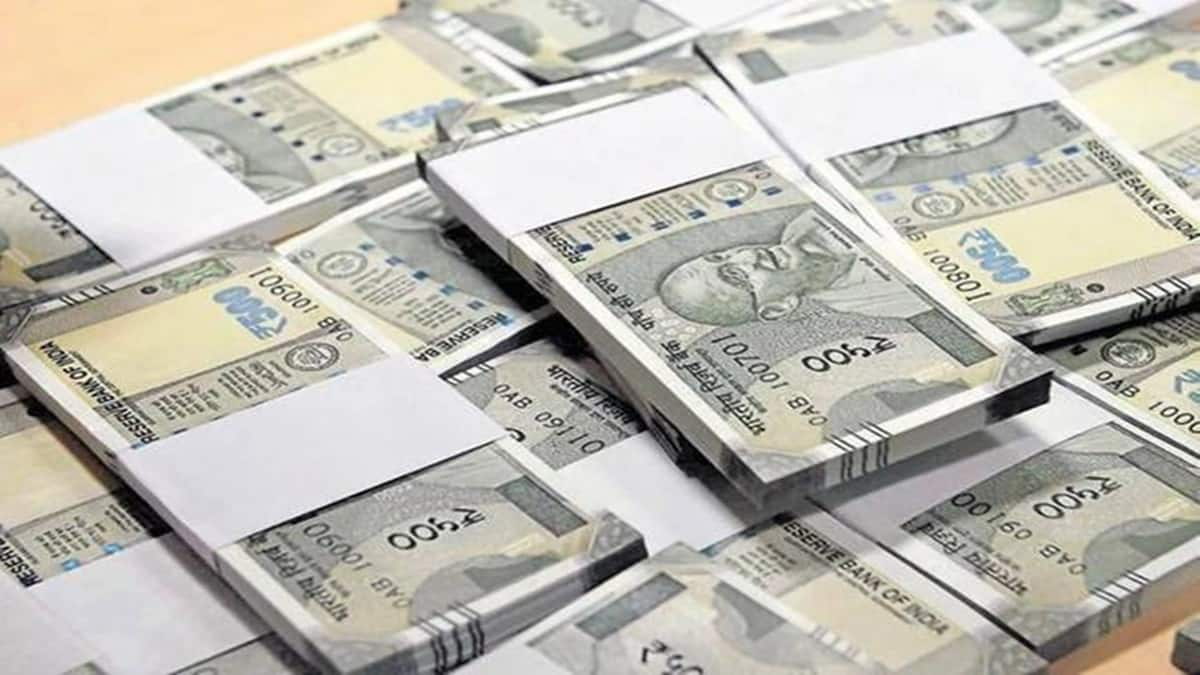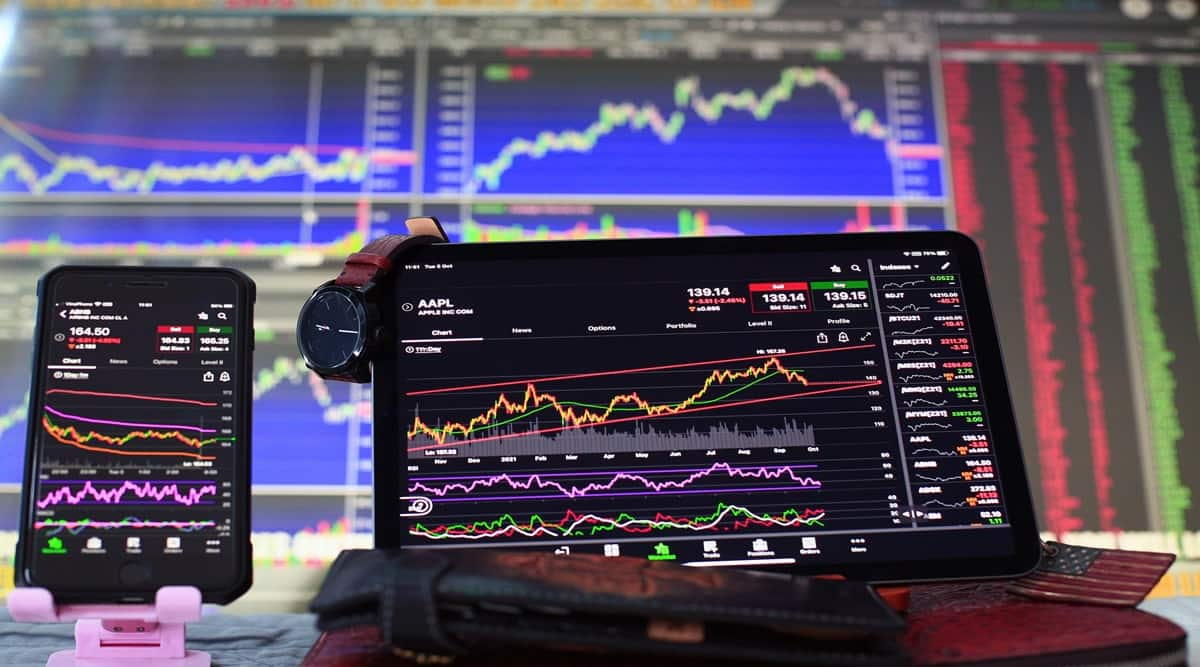India has broken away from the other emerging markets, as it’s not as heavily influenced by US policy and China growth as others, says Sean Darby, chief global equity strategist at Jefferies. In an interview with Ashley Coutinho, he says the country will reap the benefits of its monetary policy management, which has been much more conventional in managing inflation. Excerpts:
Are the US and Europe headed for recession? How prolonged and painful will it be?
Also read: Nifty, Sensex surge 2% on strong global cues as bulls return to D-St; ‘market trend bullish, buy on dips’
Will inflation be tamed in a hurry?
For the US, the fact that the Fed is moving so swiftly and aggressively probably means that they would have been able to quench the worst of the inflation by next year. We think the Fed will be successful, but it’s going to have to use very brutal treatment, and that in itself means that you run a risk of actually overdoing it. And I think the market has been sort of pricing that in.
But there’s actually a very big difference between the major policy directions of all the major central banks. The US is somewhere through halfway in its tightening cycle. But China is in the process of cutting rates. The UK and Europe are definitely moving into a more awkward stagflationary environment, and that’s where the policy risks are the greatest, because they’re already slowing down.
What are your views on emerging markets, given the Fed tightening, surge in the dollar index, as well as the ongoing geopolitical tensions between Russia and Ukraine?
Also read: Rupee likely to remain steady amid positive cues; USDINR pair may trade sideways in this range
If we went back a year ago and said to ourselves that oil prices would be over $100 a barrel, Russia would invade Ukraine, China would be growing below trend, the Fed would be tightening rates in a very aggressive manner and you would have a record strong dollar, I would have said that the Asian emerging asset class would have been obliterated. The reality is that the asset class has done very well under that stress test; and in that respect, we should feel that when we come out of this cycle, Asian and EM markets should actually do very well.
What is your take on Indian equities? Do valuations look a bit stretched?
Our own indicators are showing us a cut in earnings estimates, and a slowdown in macro indicators or coincident indicators. Also, there are some troubling aspects for CPI as well. But if you look at the real GDP numbers and adjust these for the sort of pricing level in the economy, nominal GDP for next year will be in double digits. Government bonds are ruling over 7%, so I don’t think we’re anywhere in restrictive territory for the equity market. The central bank’s got a nice yield curve in front of it, because it’s steep, and that’s generally a nice environment to be raising rates. And yes, the forward multiple looks expensive, but if you use trend line earnings growth, the PEG ratios don’t look too much out of whack. So, it’s not perfect, but India’s one of the better places to be in at the moment.
What are the key risks for Indian equities?
If China was to reopen and we had another spurt of commodity-driven inflation, that would be a risk for India.
A very rapid slowdown in the Middle East would be harmful for remittances, because that’s really been an item that has kept the balance of payments in check. And a third risk would be a really big over-tightening by the US Fed. Nobody would get out of that problem easily.
The MSCI India has outperformed the MSCI EM by a wide margin this year. Does this signal a decoupling for India from the other emerging markets, or do you think it’s too early to reach that conclusion?
Well, I do generally think India has broken away from the other emerging markets, because many of them are so heavily influenced by not only the US policy, but also by China growth. Secondly, the country will reap the benefits of its monetary policy management 2015 onwards, because it’s a much more conventional way of managing inflation. And I think the Indian central bank has been able to restore its credibility very quickly. India’s probably going to do very well in the next 12 to 18 months, because conventional policies aren’t what the market is really seeking, and they’re getting that in spades at the moment from the US.
What are your thoughts on China, especially in the light of the current events? The property market has been under some stress, Chinese banks have been cutting their lending rates, Covid-19 lockdowns have impacted the economy and foreign investors have pulled out money from Chinese equities and bonds.
It’s a very difficult space for equity investors, because there are so many known unknowns, from the spillover effects from both Covid and the real estate bubble, to US geopolitics. It’s been almost impossible to navigate. The last 12 to 18 months have taught investors that secular growth stories, when they end or start to derate, can be an extremely uncomfortable experience. Seventy five percent of the moves in China equities is actually just being related to a derating of growth. But it’s been accompanied by a whole host of other issues alongside it.
Technology stocks have led the market decline in the US. What is the outlook for these stocks? And do you see pockets of value emerging in the space?
Tech stocks have derated because the yield curve has shifted upwards. And that means the multiples that you would give to growth equities is going to become more challenging. The paradox is that if we’re wrong and this is not a growth recession, but a balance sheet and credit solvency one, then many of the tech stocks will do relatively well because the market will place a premium on their cash flows. You think the multiples adjusted for lower earnings, but then rates move up and adjust the multiple again. I do like US tech stocks, but it’s painful because equities are in a no man’s land right now, and people are very bearish under these circumstances.






Recent Comments